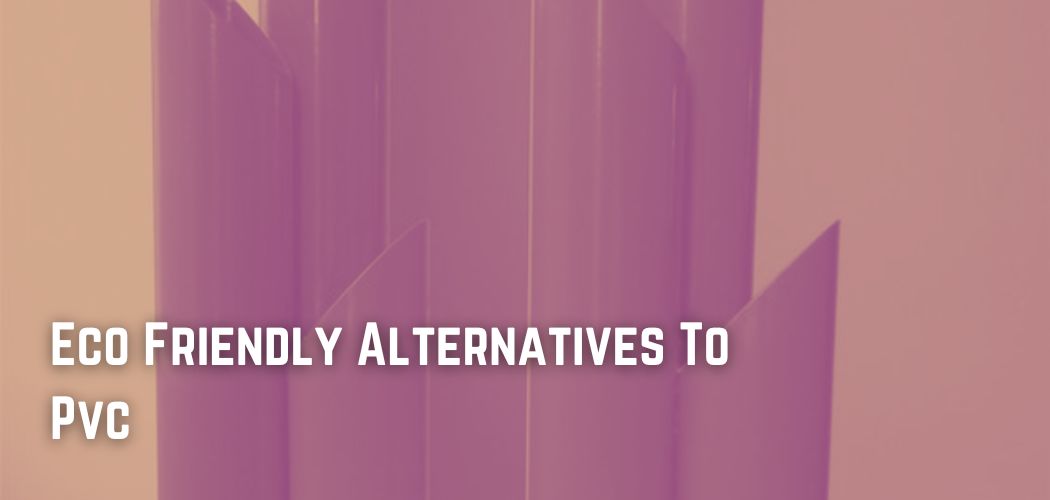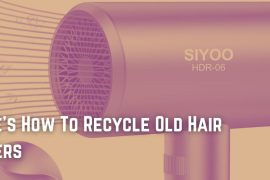Worldwide, polyvinyl chloride-coated textiles have fallen out of favor due to concerns regarding their toxicity and the use of plasticizer chemicals.
Recent research has made it possible to create alternative fabrics with comparable qualities but without PVC or other toxic substances.
Certain nations have already outlawed the use of PVC in baby apparel, and both consumers and ecologists are calling for a global ban on such materials.
Polyolefins (POs) are a group of compounds that can be used instead of polyvinyl chloride (PVC) because they are better for the environment and do not need plasticizers to be flexible.
The goal of the DECOCOAT project, which is being funded by the EU, is to develop and test PO-coating techniques for threads and fabrics. This is possible because of new technologies that make it possible to make PO polymers with different properties.
DECOCOAT sourced an extensive variety of OPs and selected a few based on compositions and features of interest. These were studied in the lab so that researchers could figure out how to use them best in making textiles.
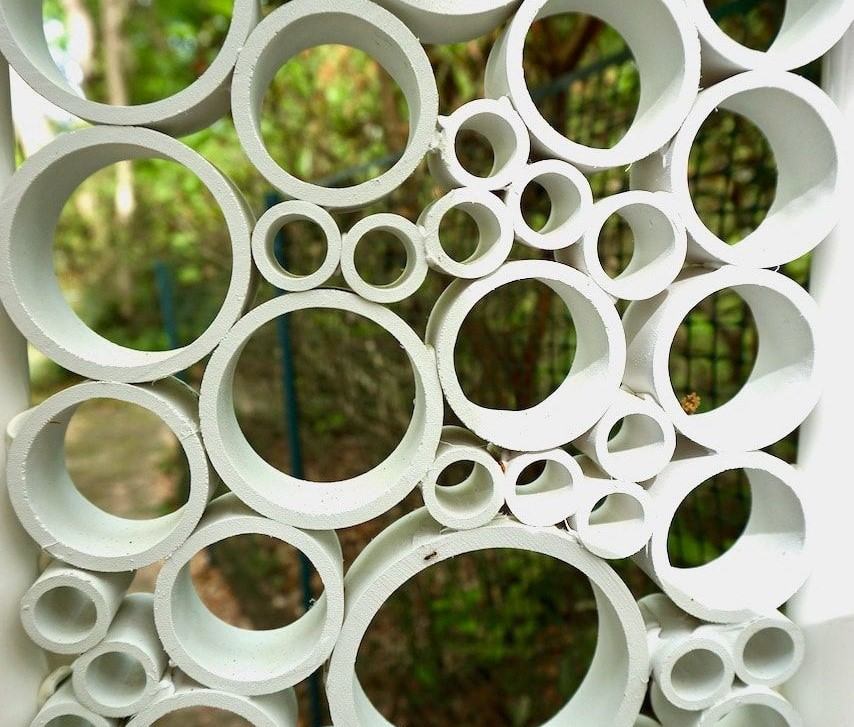
Also, additives were chosen to add color or new properties, such as fire resistance or the ability to conduct electricity. Researchers were able to effectively coat yarn and textiles with several PO combinations.
These were then used to make things like a sunscreen and a raincoat to show that the new textiles could be thermo-bonded, woven, and sewn in the same way that PVC textiles could.
DECOCOAT has produced expertise, techniques, and products in the field of PO-coated textiles. One of these products is already being made, which shows that DECOCOAT’s research could have a big impact on the textile industry.
Pha Polyesters
“Naturally made polyesters” may sound like a marketing slogan, but by feeding sugar to specific types of bacteria, you can create a plastic production line.
This is the case with polyhydroxyalkanoate (PHA) polyesters, of which polyhydroxybutyrate (PHB) and polyhydroxyvalerate (PHV) are the two most prevalent constituents.
These biodegradable polymers are quite similar to synthetic polypropylene. Even though they’re less flexible than petroleum-based plastics, you’ll find them in packaging, plastic films, and bottles produced by injection molding.
Because of how much it costs to make PHA, it hasn’t been as popular as polymers made from petroleum, which are cheaper to make. However, if we can find cheaper raw materials, we might be able to change that.
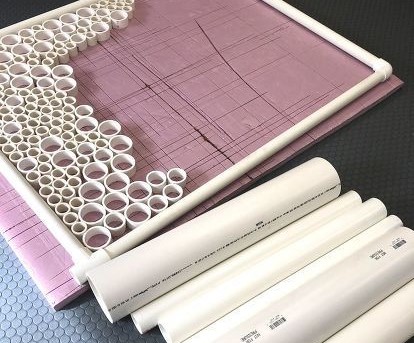
Even activated sludge might provide the bacteria with the sugar necessary for plastic production.
Composting breaks down PHAs, and a mixture of PHB and PHV can almost completely break down in 20 days when grown on anaerobic digested sludge, which is the workhorse of biological treatment facilities.
PHAs are already used in a number of things, such as packaging for food and drinks that can be thrown away and other consumer goods. Additionally, they are used in medical applications like sutures and in the production of agricultural foil used to hold hay bales.
PEX
Thomas Engle, a German scientist, came up with a way to make common plastic (polyethylene) much more elastic by crosslinking it with radiation in 1968.
Through flexible tubing buried in a concrete slab, hot water is injected to heat the slab and dissipate heat throughout the room. PEX tubing remains a popular choice for radiant floor heating.
PEX tubing, like copper and cast iron, is environmentally friendly since it does not require welding or adhesives that generate hazardous fumes, as do PVC pipes. It can handle temperatures up to 200 degrees Fahrenheit and is quieter than PVC and copper.
PEX, on the other hand, can’t be recycled, which is a big problem if you want pipes for your home that are good for the environment.
Grape Remains
Grape waste, which is the solid stuff left over after grapes are pressed to get the juice that will be fermented into wine, is a big part of the winemaking business.
However, an Italian business, Vegea, is utilizing grape pomace to produce a synthetic leather that might replace vinyl imitation leather as well as garment fabric.
According to an article in Horizon, the European Union’s journal of technological innovation, Vegea has already made prototypes of a fashion line for H&M. These prototypes were shown at an exhibition in 2017.
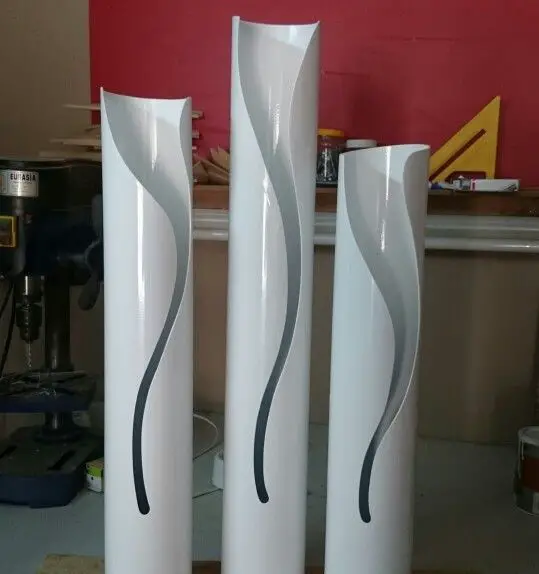
It comprised garments, footwear, and purses manufactured from grape waste. Vegeta is working on increasing its manufacturing capacity so that it can make clothes out of grape waste to sell in clothing stores. Soon, you’ll be able to add grape dresses to your wardrobe.
The grape-waste substance might someday be utilized in automobiles and furnishings.
Copper
Metal pipes often contain a lot of recycled materials and are easy to recycle because of this. Even recycled metal pipes take a significant amount of energy to produce.
High-temperature melting and fabrication of copper and iron products require more energy than the production of plastic pipes.
Metal pipes are stronger and less likely to break, but they wear out faster, which could make the water unsafe to drink. Iron drain pipes have a lifespan of fifty years.
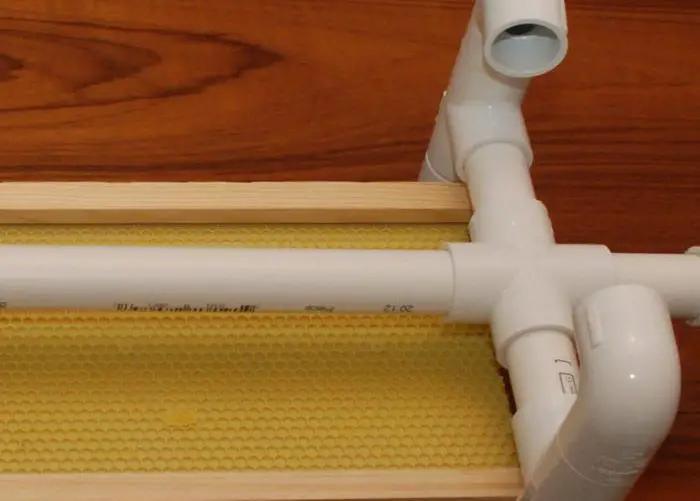
Copper tubing is thought to be a good way to pipe water because it doesn’t need sealants with volatile organic compounds and solvents, which are bad for the environment, contribute to global warming, and are bad for your health.
Copper is a renewable resource because recycling it doesn’t change its chemical or physical properties. Copper mining uses up natural resources and causes pollution and emissions, so it may be an environmentally friendly choice if the waste is thrown away in the right way.
Conclusion
PVC-coated textiles are popular because they can be used in many different ways and don’t cost much. However, the coatings contain dangerous and poisonous plasticizers that are released over the lifetime of the fabric.
When PVC-coated textiles have reached the end of their useful lives, they are burned or thrown away in landfills, which releases even more dangerous compounds into the environment.
Rivercyclon is made from polypropylene, which is a single polymer that is often recycled. It doesn’t have any plasticizers or other pollutants, and the whole thing can be recycled.
It is up to 40 percent lighter than competitors with PVC coatings, and it welds well and doesn’t fade in the sun.
